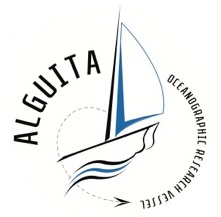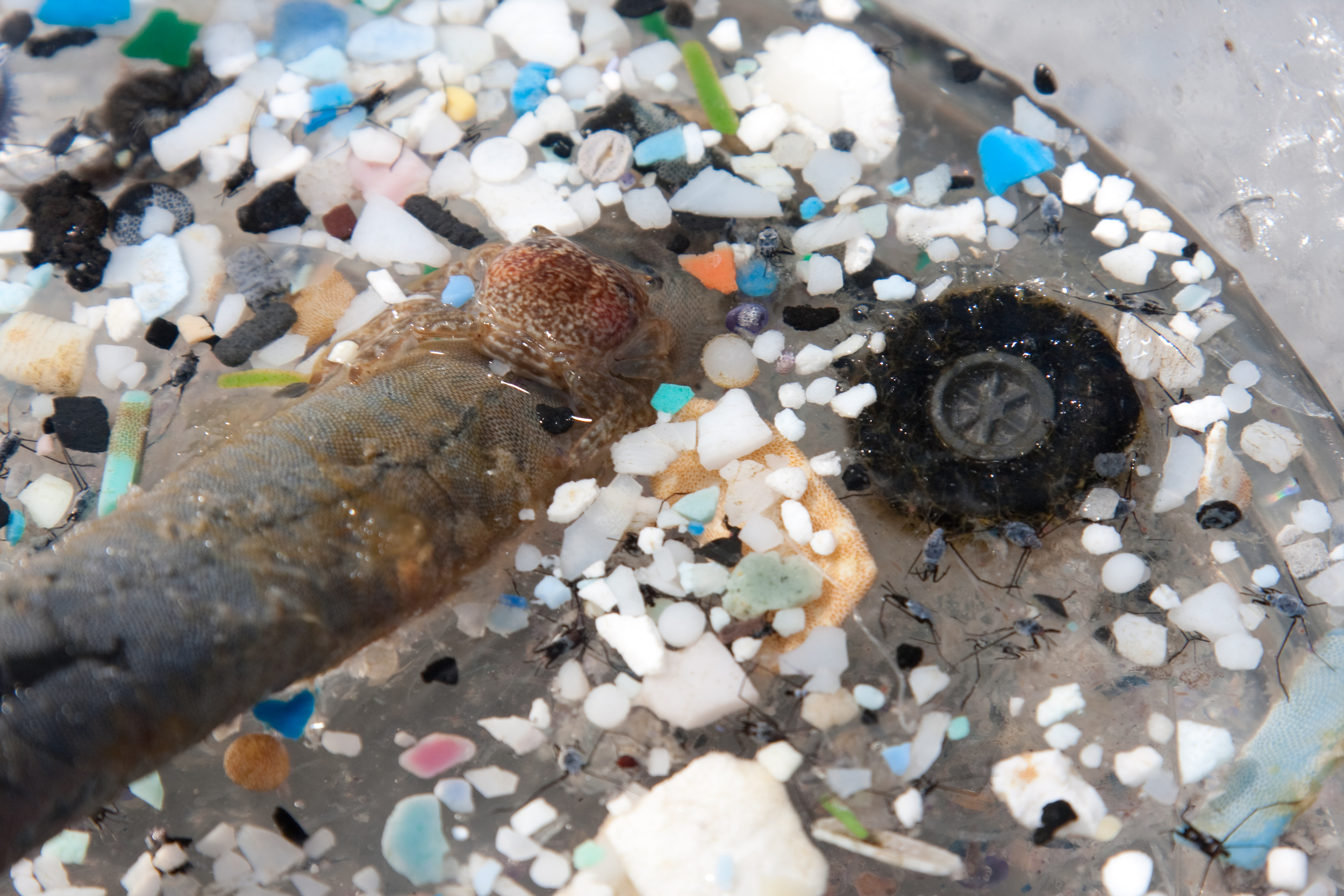“The Great Pacific Garbage Patch” is a commonly used term for what should be more accurately described as “The Eastern Pacific Trash Vortex.” Located in the eastern portion of the North Pacific Subtropical Gyre, it is an accumulation zone that contains a vast array of plastic debris associated with both marine and terrestrial environments. The debris ranges from fishing nets and aqua-culture infrastructure to bottles, caps, toothbrushes and various types and sizes of containers, as well as plastic pallets. These are all in the process of photo degradation into fragments in the ocean which creates what Dr. Marcus Eriksen calls, a kind of plastic " smog". The threat to all marine life, from the base of the food chain to predator species, includes potential harm for human health.
The garbage patch, or trash vortex, is a system of wind-driven ocean currents called a high that is normally avoided by sailors due to light winds. A “high” is created by the winds flowing downward and outward, leaving a calm near its center. Picture a reverse tornado, or "anticyclone" as they are often called. These winds help to create currents that accumulate areas of high plastic concentration, resulting in "patches” which are found in all ocean gyres. (High-Low Graph courtesy of Prentice-Hall)
Map image courtesy of noaa





